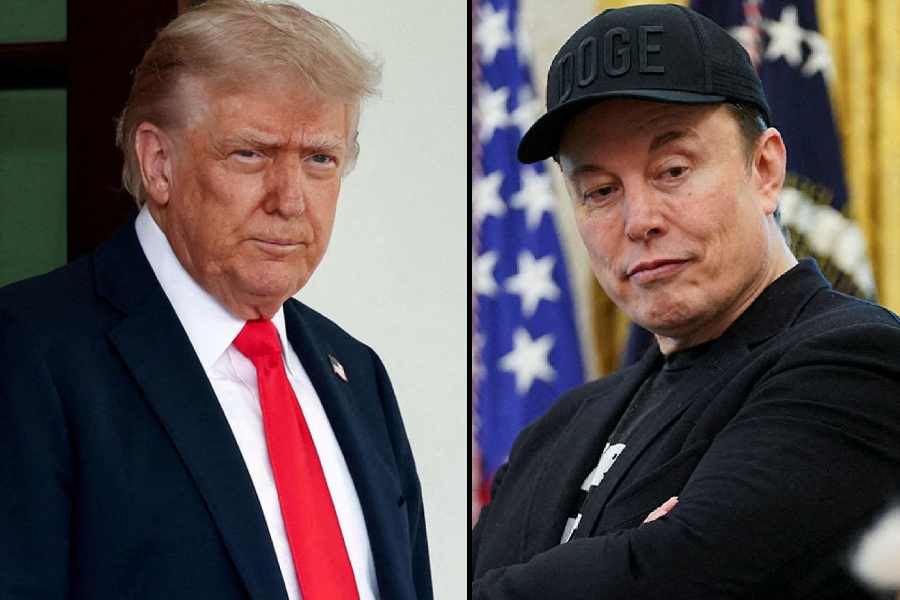New York, Dec. 18 (Reuters): Conseco Inc., struggling under more than $ 6 billion in debt, became the US’ third-largest bankruptcy on Wednesday, as the insurance and loan firm sought protection from creditors while it sells its finance unit and tries to restructure itself.
The move, which analysts and rating agencies have expected for some time, comes after months of negotiations between Conseco and its banks and bondholders, triggered by defaults on its loans and bond payments earlier this year.
Conseco’s filing, made in bankruptcy court in Chicago, is the third largest in US history.
Conseco has assets of $ 52.2 billion, according to recent financial reports, putting the firm behind only WorldCom Inc. and Enron Corp.
The bankruptcy filings cover Conseco Inc—the holding company—and its troubled loan operation Conseco Finance and some related units. Conseco’s insurance units, under the close watch of state insurance regulators, are not affected.
The bankruptcy and restructuring plan has not yet been agreed by all Conseco creditors, a company spokesman said, and has yet to be finalised.
Massive debts
The company, based in Carmel, Indiana, has struggled since it piled up massive debts in a 1990s acquisition binge under flamboyant founder and chief executive Stephen Hilbert, capped by a disastrous purchase of loan firm Green Tree Financial, now called Conseco Finance, in 1998.
That deal exposed Conseco to a mountain of bad loans—largely on mobile homes and manufactured housing—which worsened as the economy turned sour.
In the late 1990s Conseco piled on more debt and made problems for itself by aggressively accounting for gains from securitising its loans. It later abandoned that practice, under pressure from investors, which led to a restatement of several years’ profits, which shook Wall Street’s faith in Conseco, and eventually led to Hilbert quitting the firm he built in 2000.
Gary Wendt, former boss of General Electric’s GE Capital unit, was brought in two-and-a-half years ago to rescue the firm, picking up a $ 45-million signing bonus, but he quit as chief executive in October, admitting his turnaround plan had failed.
By then, the firm was labouring under more than $ 6 billion in bank and bond debt, with less money coming in from insurance and loan operations to keep up repayments, and facing huge write-downs in its investment portfolio.
Conseco’s stock was delisted from the New York Stock Exchange in summer, and its shares last sold for less than four cents each in over-the-counter trading on Monday. Conseco bonds due in 2004 last traded around seven cents on the dollar.
Selling loan unit
As part of the restructuring effort, Conseco said it would sell Conseco Finance, the source of so many of its problems, to a group of investors, in an effort to pay down debts. It did not say how much it would receive for the sale. The unit was originally put up for sale by Hilbert in 2000.
The buyer, CFN Investment Holdings—a joint venture between Fortress Investment Group, J.C. Flowers & Co. and Cerberus Capital Management—will buy the loan unit’s assets and operations at a price equal to the unit’s secured debt when the deal closes, Conseco said.
“We believe we have achieved a major step toward what we set out to do in August (when talks with creditors began),” Conseco chief executive William Shea said.
No further details of the bankruptcy were available in filings submitted to the United States Bankruptcy Court, northern district of Illinois.










